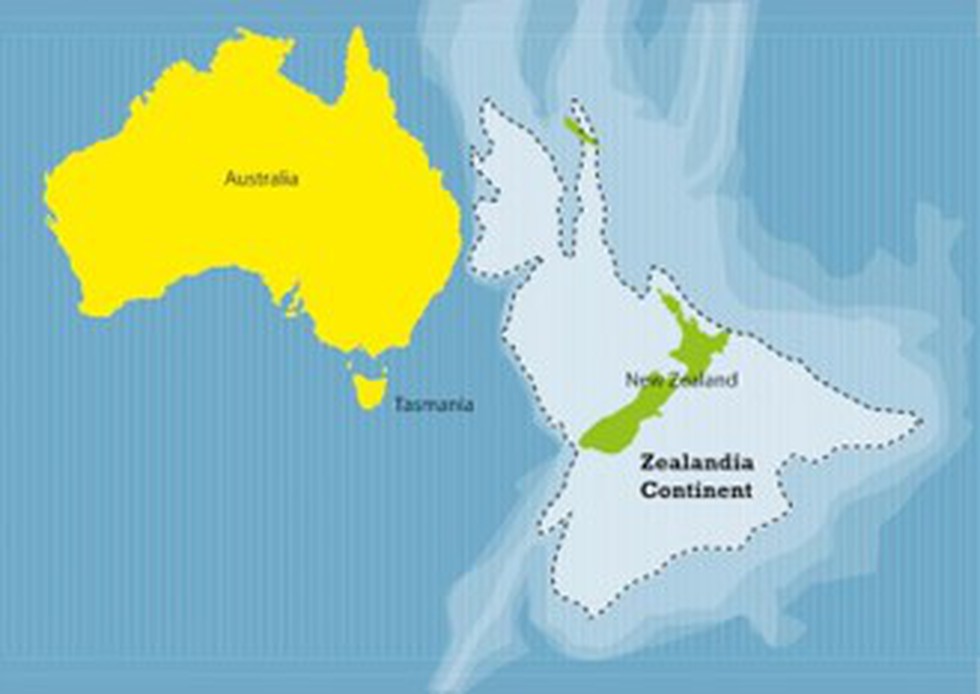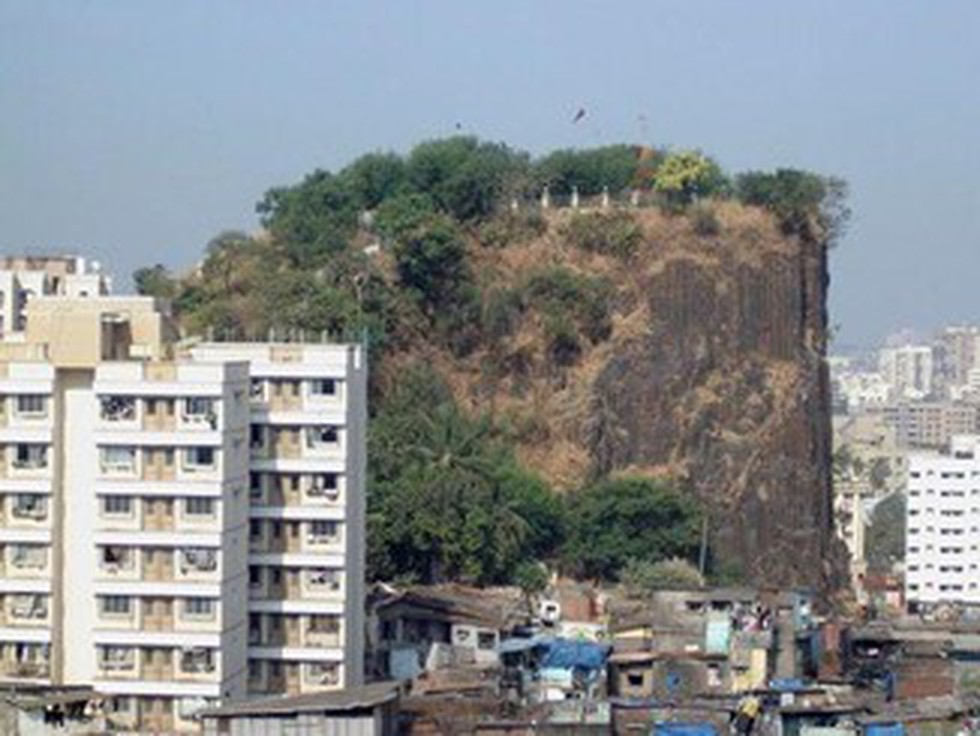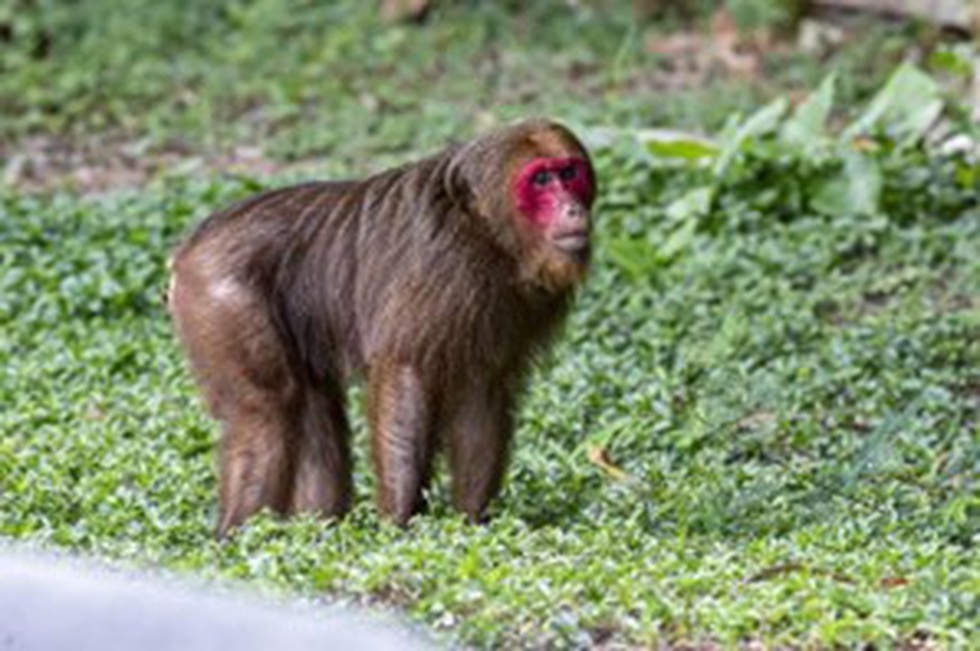
About Gramodyog Vikas Yojana :
- It is one of the two components of the Khadi Gramodyog Vikas Yojana, which aims to promote and develop the village industries through common facilities, technological modernisation, training, etc.
- It includes the activities carried out under different village industries.
- Components of the Yojana
- Research & Development and Product Innovation: R&D support would be given to the institutions that intend to carry out product development, new innovations, design development, product diversification processes, etc.
- Capacity Building: Under the Human Resource Development and Skill Training components, exclusive capacity building of staff, as well as the artisans, would be adequately addressed through the existing MDTCs and institutions of excellence.
- Marketing & Publicity: The V.I. institutions will be provided market support by way of preparation of product catalogue, Industry directory, market research, new marketing techniques, buyer seller meet, arranging exhibitions, etc.
- Target beneficiaries: Artisans, Unemployed Youth and Self Help Groups (SHGs)
- Eligibility criteria: Any person who is a Traditional Artisan, has Knowledge of Skill, and has experience in Art and Craft.

About Tharosaurus indicus:
- It belongs to the family Dicraeosauridaeand from the superfamily Diplodocoidea.
- These fossils are the first dicraeosaurid sauropods to have been found in India.
- It is 167 million years old and the oldest known diplodocoid fossils in the world.
- The scientists named the dinosaur Tharosaurus indicus, with Tharo deriving from the Thar desert, saurus from the Greek ‘sauros’, or lizard, and indicus from its Indian origin.
- This family was unique: its members were smaller and had shorter necks and tails compared to the other long-necked sauropods.
- Sauropods first appeared on the earth during the Jurassic period, about 200 million years ago.
- They were one of the most dominant clades of dinosaurs, surviving until the late Cretaceous period 65 million years ago when the dinosaurs went extinct.
- According to the scientists, fossils of dicraeosaurid dinosaurs have been found previously in North and South Americas, Africa and China, but such fossils were not known from India.

About Tilapia fish:
- It is a common name used for certain species of fishes belonging to the family Cichlidae (order Perciformes), represented by numerous, mostly freshwater species native to Africa.
- It has emerged to be one of the most productive and internationally traded food fish in the world.
- The culture of tilapia has become commercially popular in many parts of the world, and fishery experts have dubbed the tilapia as “aquatic chicken” due to its quick growth and low maintenance cultivation.
What is Water hyacinth?
- It (Pontederia crassipes, also referred to as Eichhornia crassipes) is one of the most invasive weed species in the world.
- It is causing significant adverse economic and ecological impacts, particularly in tropical and subtropical regions.
- This is not an indigenous species but was introduced to India during British colonial rule as an ornamental aquatic plant from South America.
Key facts about Lake Victoria
- It is the world’s second-largest freshwater lake.
- Location: It is located in East Africa, bordered by Tanzania, Uganda, and Kenya.
- It is also called Victoria Nyanza in Kenya, Nalubaale in Uganda, and Ukerewe in Tanzania.
- It is a source of the White Nile River, which flows northward and eventually joins the Blue Nile in Sudan to form the Nile River.

About GRIHA norms:
- GRIHA is an acronym for Green Rating for Integrated Habitat Assessment. GRIHA is a Sanskrit word meaning – ‘Abode’.
- It is a rating tool that helps people assess the performance of their building against certain nationally acceptable benchmarks.
- It evaluates the environmental performance of a building holistically over its entire life cycle, thereby providing a definitive standard for what constitutes a ‘green building’.
- The rating system, based on accepted energy and environmental principles, will seek to strike a balance between the established practices and emerging concepts, both national and international.
- It is developed by TERI (The Energy and Resources Institute).
- This tool has been adopted by the Ministry of New and Renewable Energy.
- Criteria:
- It assesses a building out of 34 criteria and awards points on a scale of 100.
- In order to qualify for GRIHA certification, a project must achieve at least 50 points.
- Certain criteria / sub-criteria are mandatory and have to be complied with for the project to be at all eligible for rating.
- Project scoring
- 50-60 points are certified as a 1-star GRIHA rated building,
- 61-70 is a 2-star GRIHA rated building,
- 71-80 is a 3-star GRIHA rating building,
- 81-90 is a 4-star GRIHA rated building
- 91-100 is a 5-star GRIHA rated building

PM-DAKSH Yojana:
- The Pradhan Mantri Dakshata Aur Kushalata Sampanna Hitgrahi (PM-DAKSH) Yojana is a Central Sector Scheme.
- It was launched during 2020-21.
- The main objective of the Scheme is to enhance the competency level of the target groups to make them employable both in self-employment and wage-employment for their socio-economic development.
- It is a National Action Plan for skilling marginalised persons covering SCs, OBCs, EBCs, DNTs, Sanitation workers and waste pickers.
- Target Group:
- Artisans- who may be able to improve their revenue generation capacities within their practising vocations;
- Women- who may be able to enter into self-employment and financially empower themselves without neglecting their domestic activities and
- Youth- who may acquire long-term training and specialisation in employable vocations and gain a better standing in the job market.
- The age criterion of the scheme is between 18-45 years, and the income criteria are no income limit for SCs, SafaiKaramcharis, including waste pickers and DNT.
- The annual family income should be below Rs.3 lakh for OBCs, and the EBCs (Economically Backward Classes) annual family income should be below Rs.1 lakh.
- Nodal Ministry: Ministry of Social Justice & Empowerment (MoSJ&E).

About Nagarahole Tiger Reserve:
- Location: It is situated in the districts of Mysore and Kodagu in Karnataka.
- The reserve is named after a small river, ‘Nagarahole’ (literally a snake stream in Kannada), which meanders within the habitat before joining the river Kabini.
- Boundaries: It is flanked by the Bandipur Tiger Reserve on its southeastern side and the Wayanad Wildlife Sanctuary of Kerala on the southwest.
- The habitat also forms part of the Nilgiri Biosphere Reserve.
- History:
- The origin of the reserve as a protected area dates back to the reign of the Wodeyar dynasty, the former rulers of the Kingdom of Mysore, when Nagarahole was an exclusive hunting reserve of the kings.
- It was set up in 1955 as a wildlife sanctuary by Coorg State.
- It was upgraded to a national park in 1988 and was brought under the fold of Project Tiger by declaring it as a Tiger Reserve in 1999.
- Vegetation:
- The forests of Nagarahole are primarily deciduous.
- The dry eastern limits of the reserve have dry deciduous forests.
- Towards the west, with the increase in rainfall, the vegetation changes to tropical moist and semi-evergreen forests.
- Flora:
- The forests are interspersed with swampy fallows called ‘hadlu’, which are dominated by grasses and sedges favoured by wild herbivores.
- Commercially important rosewood, teak, sandalwood, and silver oak are the main trees here.
- Fauna: Tiger, Leopard Asiatic, Wild Dog, Sloth Bear, Asiatic Elephant, Gaur, Sambar Chital Muntjac, Four Horned Antelope etc.

About Zealandia:
- It is a long, narrow microcontinent that is mostly submerged in the South Pacific Ocean.
- Location: It is located in the southwestern Pacific Ocean, primarily to the east of Australia and to the south of New Caledonia. It encompasses the region that includes New Zealand and New Caledonia.
- Formation:
- Zealandia or Te Riu-a-Māui in the Māori language was formally one of the constituent continents of the ancient supercontinent called Gondwana, which also included Western Antarctica and Eastern Australia over 500 million years ago.
- It began to "pull away" from Gondwana roughly 105 million years ago.
- As Zealandia started pulling away, it began to sink beneath the waves, with over 94 per cent remaining underwater for millennia.
- It is approximately 1.89 million square miles (4.9 million square km) in size, about half the size of Australia.
- The vast majority of this new continent lies beneath 6,560 feet (2km) of water.
- The part of Zealandia that is above water forms the foundation of New Zealand's north and south islands as well as the island of New Caledonia.
- Tectonic Plate Boundaries: Zealandia is situated along the boundary of several tectonic plates, including the Australian Plate, Pacific Plate, and Indo-Australian Plate.
- The existence of Zealandia was first recorded in 1642 by Dutch businessman and sailor Abel Tasman, who was on a mission to find the "great Southern Continent," or Terra Australis.

About Gilbert Hill:
- It is a 200-foot monolithic column of black basalt rock located at Andheri in Mumbai.
- The rock has a sheer vertical face and was formed when molten lava was squeezed out of the Earth's clefts during the Mesozoic Era about 66 million years ago.
- It was declared a National Park in 1952, while the Brihan Mumbai Municipal Corporation categorised it as a Grade II heritage structure in 2007.
- The 'hill' is only one of three outcrops of volcanic rock worldwide.
- Arguably the oldest heritage site in the country in its original form, Gilbert Hill has a few temples and a small garden atop. These are accessed by a steep staircase carved into the rock.
Key Facts about the Mesozoic Era:
- It is one of the major geologic eras in Earth's history, lasting approximately from 252 million years ago to 66 million years ago.
- It is also known as the "Age of Dinosaurs" because dinosaurs were the dominant land animals during this time.
- The Mesozoic Era was divided into three periods:
- Triassic Period (252 to 201 million years ago):
- The first dinosaurs appeared during this period, along with other reptiles, such as crocodiles and pterosaurs.
- The climate was warm and humid.
- Pangea, the supercontinent, began to break apart.
- Jurassic Period (201 to 145 million years ago):
- This was the golden age of dinosaurs, with many of the familiar dinosaur species, such as Tyrannosaurus rex, Stegosaurus, and Triceratops, appearing during this time.
- The first birds, like Archaeopteryx, emerged.
- The climate was still warm and humid.
- Cretaceous Period (145 to 66 million years ago):
- The dinosaurs reached their peak of diversity during this period.
- The climate became cooler and drier, and the continents continued to break apart.
- The period ended with the mass extinction event known as the Cretaceous-Paleogene (K-Pg) extinction, likely caused by a combination of factors. This event led to the extinction of the non-avian dinosaurs and many other species.

About the Kinzhal Missile:
- The Kh-47M2, nicknamed "Kinzhal" (Dagger), is a nuclear-capable, Russian air-launched hypersonic ballistic missile.
- It was one of six “next generation” weapons unveiled by Russian President Vladimir Putin during a speech in March 2018.
- Features:
- The Kinzhal can reach speeds of up to Mach 10 (12,350 km/hr).
- It can carry both conventional and nuclear warheads with a payload of up to 480 kg and a thermonuclear option with a 10-50 kt warhead.
- It has a reported range of 1,500-2,000 km.
- The Kinzhal has a length of 8 m, a body diameter of 1 m, and a launch weight of approximately 4,300 kg.
- It is designed to be launched from MiG-31 fighter jets at altitudes of about 18 km (59,000 ft).
- This missile manoeuvres during all stages of its flight to overcome hostile air defence systems.
What are Hypersonic Missiles?
- A hypersonic missile is a weapon system that flies at least at the speed of Mach 5e. five times the speed of sound and is manoeuvrable.
- These missiles are extremely fast and far harder for surface-to-air missile defence systems to target.

About the stump-tailed macaque:
- The stump-tailed macaque, also called the bear macaque, is a species of Old-World monkey found in South Asia.
- Scientific Name: Macaca arctoides
- Habitat: They are found in tropical and subtropical evergreen forests.
- Distribution:
- They are native to Cambodia, southwest China, northeast India, Laos, Myanmar, northwest Peninsular Malaysia, Thailand, and Vietnam.
- In India, it is found south of the Brahmaputra River, in the northeastern part of the country.
- Its range in India extends from Assam and Meghalaya to eastern Arunachal Pradesh, Nagaland, Manipur, Mizoram, and Tripura.
- Features:
- They have thick, long, dark brown fur covering their bodies and short tails, which measure between 3.2 and 69 mm.
- They have bright pink or red faces, which darken to brown or nearly black as they age and are exposed to sunlight.
- Males are larger than females, measuring 51.7-65cm long and weighing 9.7-10.2kg, while females measure 48.5-58.5cm and weigh 7.5-9.1kg.
- Males have elongated canine teeth compared to females, which are important for establishing dominance within social groups.
- They are known to eat fruits, leaves, seeds, insects, and small animals like frogs.
- Like all macaques, this species has cheek pouches to store food for short periods of time.
- They travel quadrupedally, usually on the ground, as they are not very agile in trees.
- Conservation Status:
- IUCN Red List: Vulnerable
- Wild Life (Protection) Act, 1972: Schedule II


.jpg)


























































































































































.png)
.png)
.png)
.png)
.png)


.png)
.png)
.png)





.png)
.png)






.png)
.png)
.png)
.png)
.png)
.png)
.png)
.png)
.png)

.png)







.png)
.png)


.png)
.png)
.png)


.png)

.png)
.png)





.jpg)

.png)
.png)


.png)

.png)
.png)
.png)
.jpg)


.png)

.png)
.png)
.png)
.png)
.png)
.png)
.png)
.png)
.png)
.png)




.png)

.png)





.png)
.png)
.png)
.png)
.png)
.png)
.png)
.png)
.png)
.png)
.jpg)
.jpg)

.png)
.png)
.png)
.png)
.png)
.png)
.png)
.png)
.png)
.png)
.png)
.png)
.png)
.png)
.png)
.png)
.png)
.png)
.png)
.png)
.png)
.png)



.png)
.png)

.jpg)
.jpg)


.jpg)
.jpg)
.jpg)
.jpg)
.jpg)

.jpg)








.jpg)
.jpg)
.jpg)
.jpg)
.jpg)

















.jpg)
.jpg)







.jpg)


















.jpg)
.jpg)






























































































.jpg)
.jpg)


























.jpg)

.jpg)










.jpg)








.jpg)




.jpg)










.jpg)


















.jpg)












































.jpg)














.jpg)
.jpg)
.jpg)





.jpg)

.jpg)
.jpg)





































































.jpg)


































.jpg)
.jpg)
















































.jpg)












.jpg)


.jpg)




.jpg)
.jpg)
.jpg)

.jpg)
.jpg)
.jpg)
.jpg)

.jpg)
.jpg)
.jpg)

.jpg)
.jpg)
.jpg)
.jpg)
.jpg)
.jpg)
.jpg)
.jpg)

.jpg)


.jpg)
.jpg)
.jpg)
.jpg)
.jpg)
.jpg)
.jpg)
.jpg)
.jpg)
.jpg)











.jpg)
.jpg)





.jpg)
.jpg)
.jpg)
























.jpg)
























.jpg)









.jpg)
.jpg)







.jpg)
.jpg)









































.jpg)
.jpg)
.jpg)
.jpg)
.jpg)

.jpg)
.jpg)
.jpg)
.jpg)
.jpg)


.jpg)
.jpg)
.jpg)
.jpg)
.jpg)

.jpg)
.jpg)
.jpg)
.jpg)
.jpg)
.jpg)
.jpg)
.jpg)
.jpg)
.jpg)
.png)

.png)
.png)

.png)
.png)
.png)
.png)


.jpg)
.jpg)

.jpg)
.jpg)
.jpg)

.png)
.png)
.png)
.png)
.png)
.png)
.png)

.png)
.png)
.png)
.png)
.png)
.png)
.png)
.png)
.png)
.png)





































































-min.png)



.png)




.png)








































